Get PeakVisor App
Sign In
Search by GPS coordinates
- Latitude
- ° ' ''
- Longitude
- ° ' ''
- Units of Length

Yes
Cancel
Share ×

Scan the QR code and open PeakVisor on your phone
❤ Wishlist ×
Choose
Delete
Xueshan (雪山, ‘Snow Mountain’) is Taiwan’s second tallest peak, at 3,886 meters. Along with Yushan (3,852 meters), Mount Xiuguluan (3,805 meters), Nanhu Mountain (3,742 meters), and Beidawu Mountain (3,092 meters), Xueshan makes up part of Taiwan’s “5 Peaks,” considered the most representative mountain in Taiwan. Xueshan is also the second tallest mountain in East Asia, second only to Taiwan’s Yushan. Xueshan is located near Taichung in central Taiwan and has a prominence of 1,932 meters, making it an Ultra.
Xueshan has been called by many names over the centuries. The mountain is home to Taiwan’s aboriginal Atayal population, and the peak is one of their traditional hunting grounds. In the Atayal language, Xueshan is referred to as Babo Hagai (‘rock mountain’), Mahamayan, or Sekoan (‘broken rocks and cracks’). Xueshan’s Chinese name probably comes from the snow visible on its peaks from great distances, a rare sight in subtropical Taiwan. On clear days, it is said that Xueshan is even visible from the hills of Taipei more than 100 kilometers to the north. Xueshan became known in the West as Mt. Sylvia after it was spotted by sailors aboard the HMS Sylvia in the 1800s. In Japanese, the mountain was known as Tsugitakayama (literally ‘second highest mountain’).
Xueshan is located in the Shei-Pa National Park, so hikers must apply for passes from the park before entering to hike. Hikers should apply one week to one month in advance to ensure they receive passes on time. To climb into high-altitude areas, hikers will need to also apply for a pass from the Xueshan police office. This pass can be applied for the day of departure.
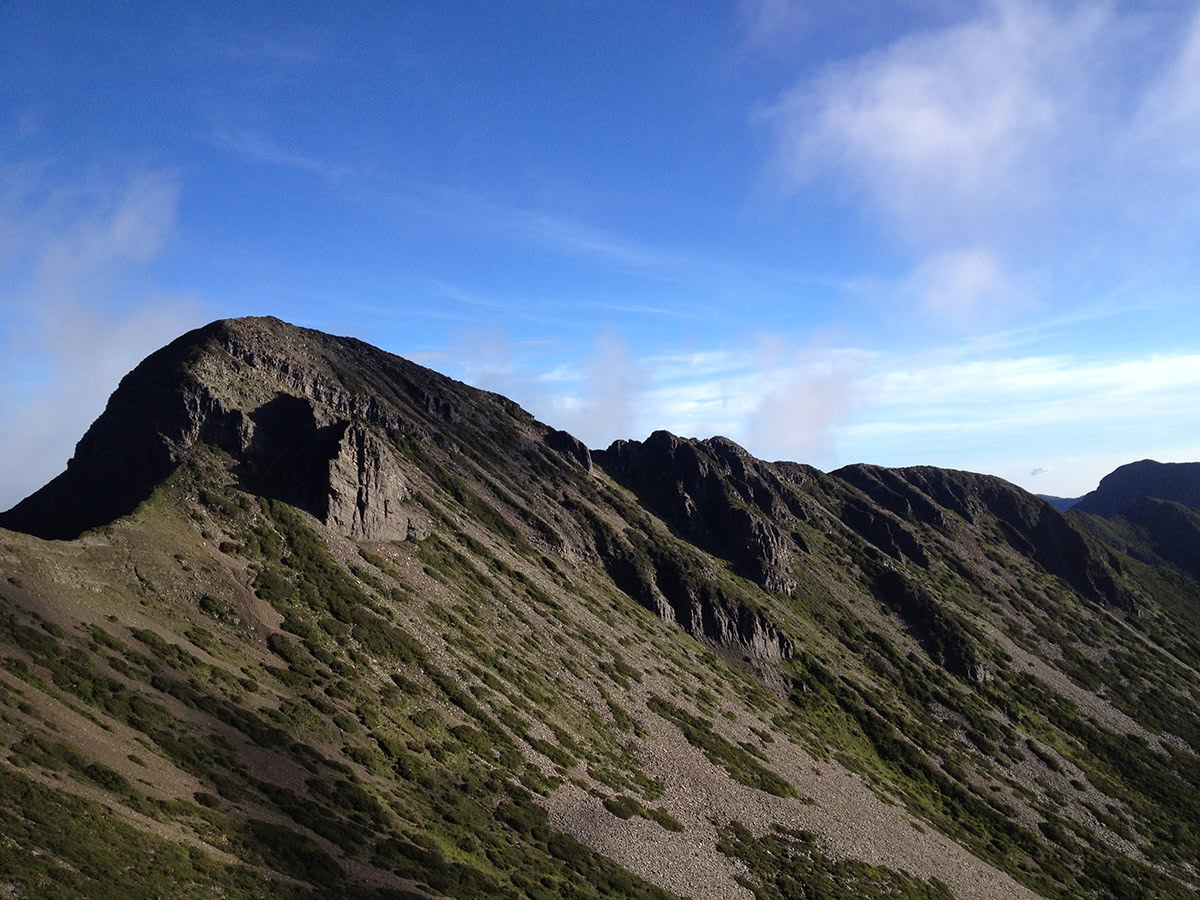
Due to the vast size of Shei-Pa National Park, Xueshan’s hiking is often split along its six principle ridges: Main Ridge, South Ridge, North Ridge, Northeast Ridge, Southeast Ridge, East Branch Ridge.
Cabins along the hiking trails provide resting spots for hikers with bedding, as most of the hikes in the Shei-Pa National Park cannot be completed in one day.
As a national park, settlements within Xueshan are limited mostly to aboriginal villages.
Explore Xueshan Range with the PeakVisor 3D Map and identify its summits.

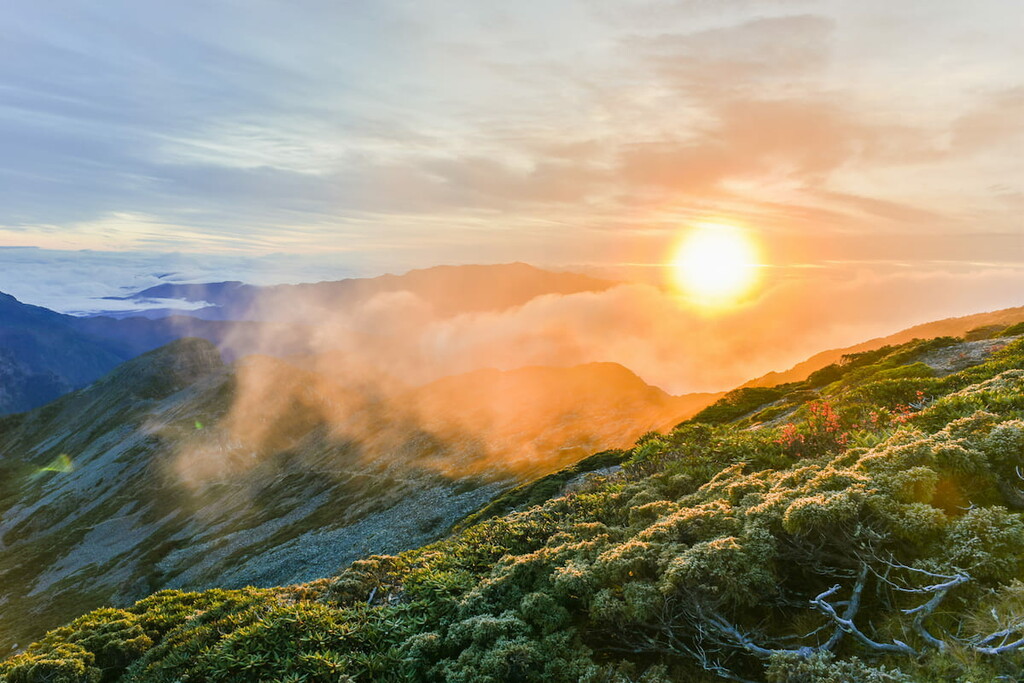
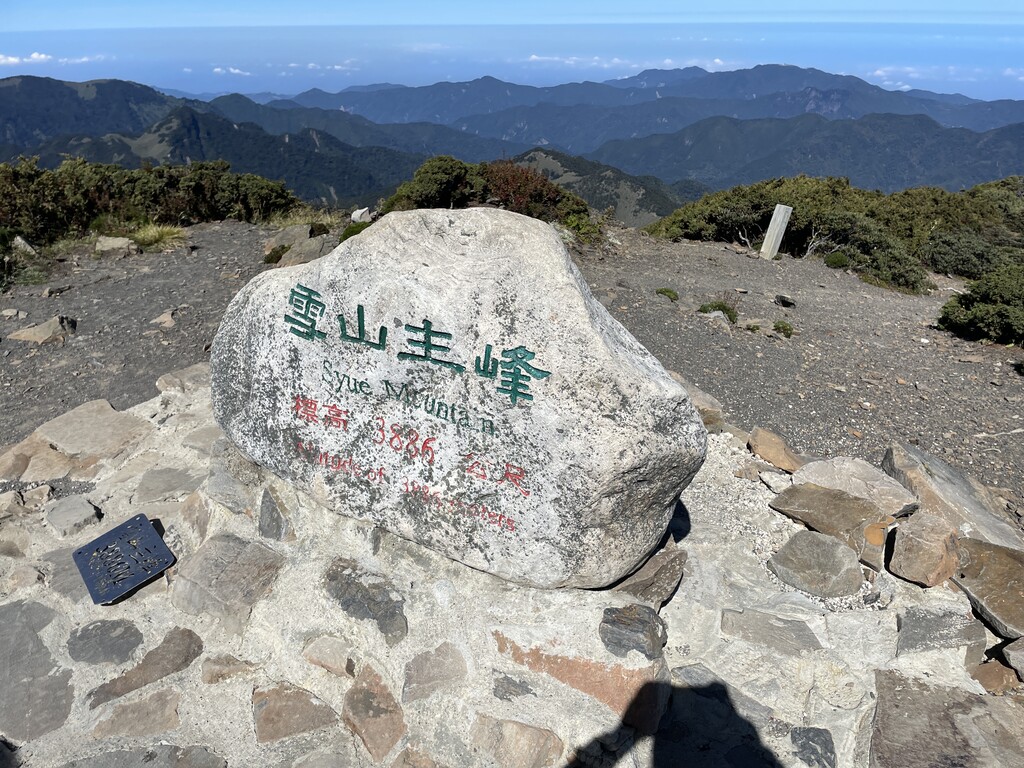
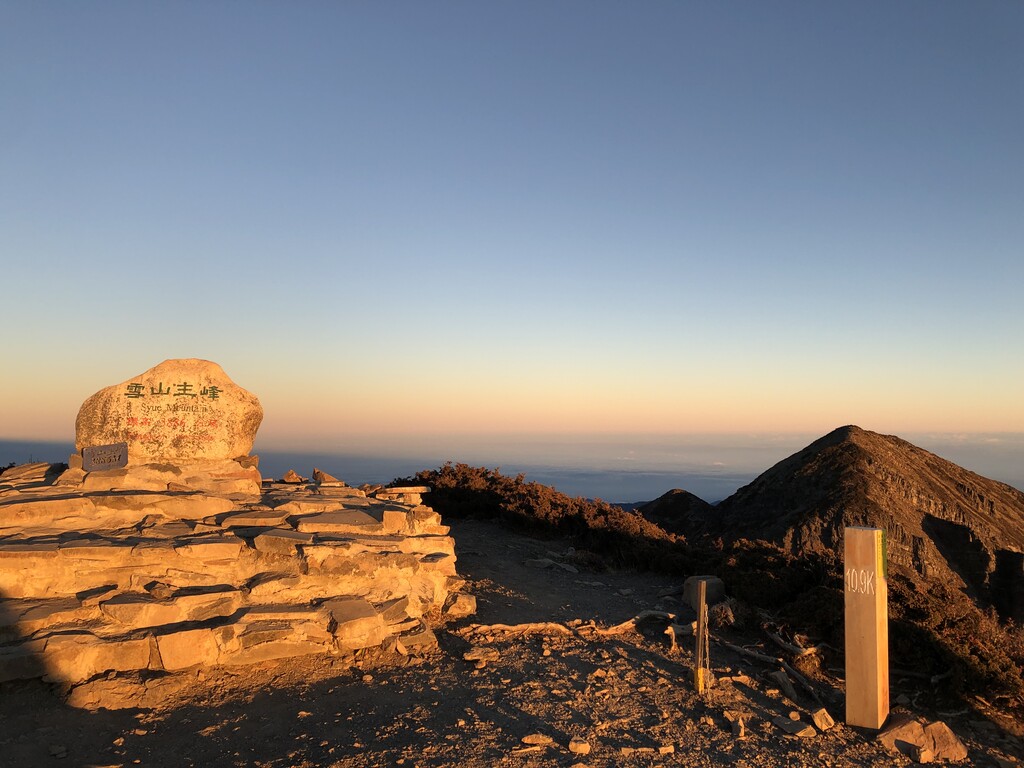

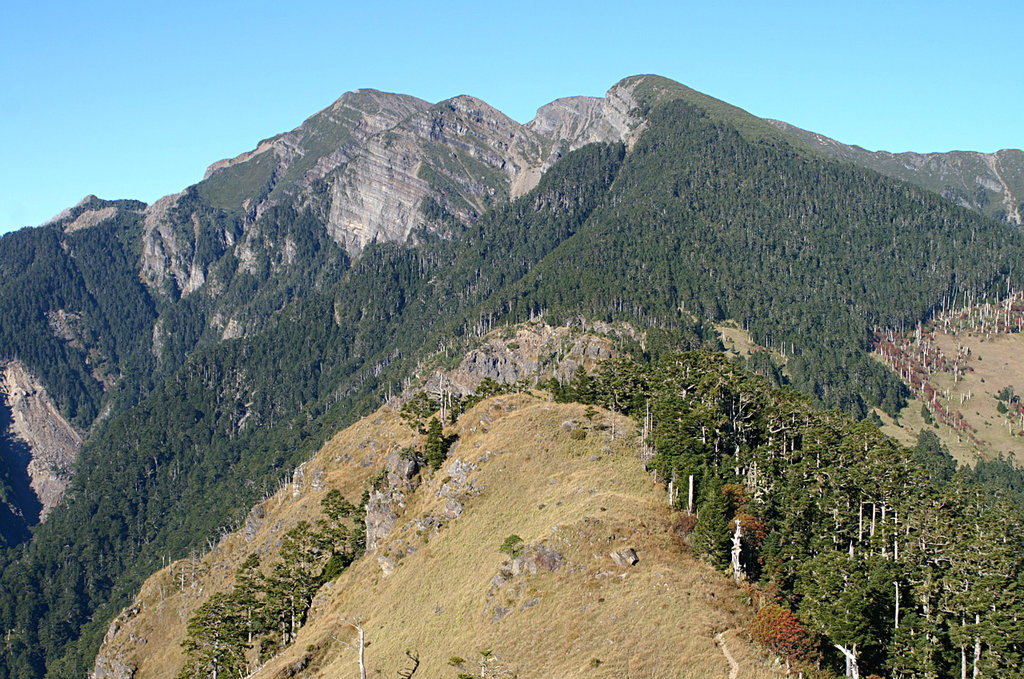
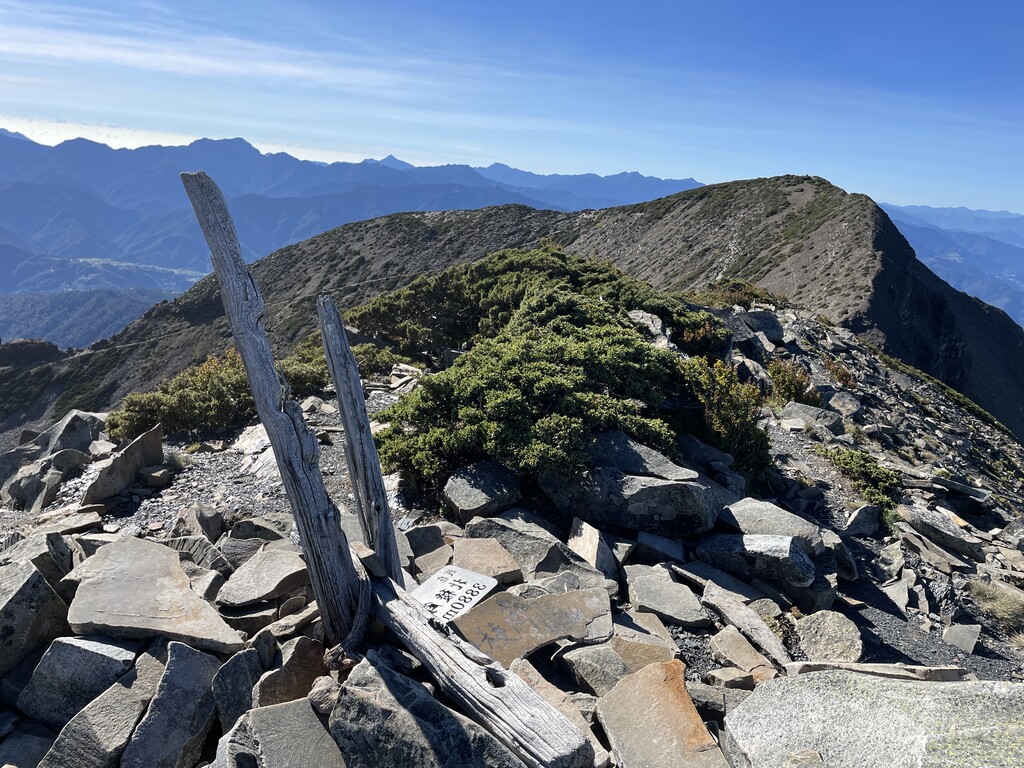
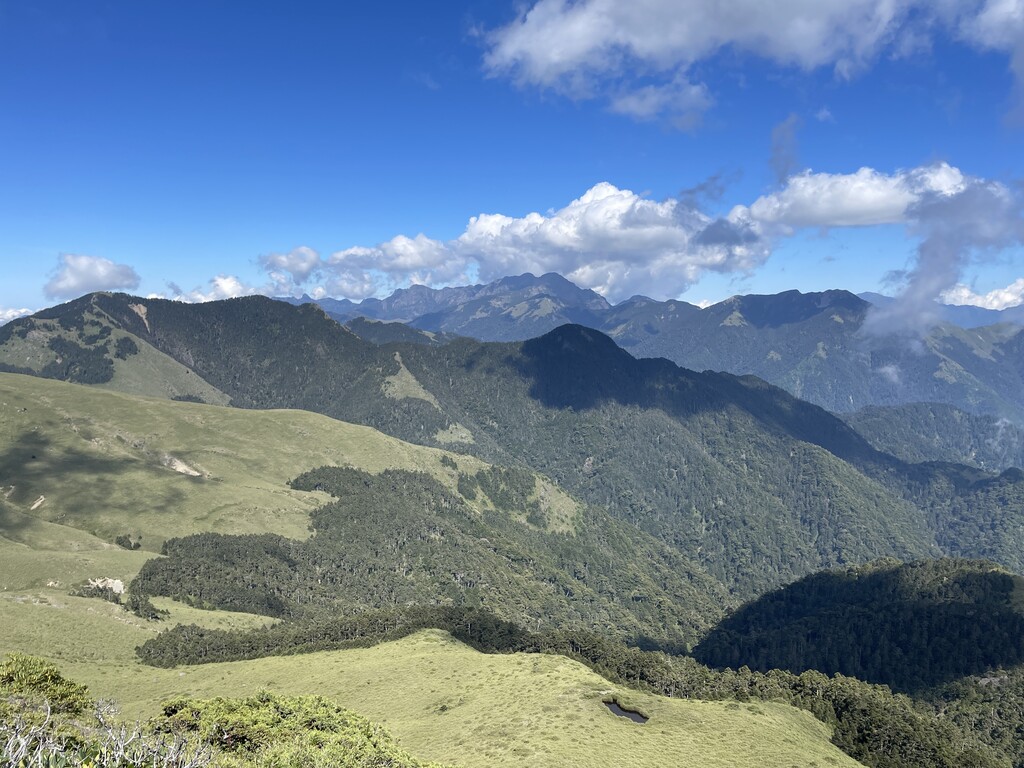
tw100
ultra
taiwan-high-three
taiwan-ultras
tw100
ultra
taiwan-high-three
taiwan-ultras
